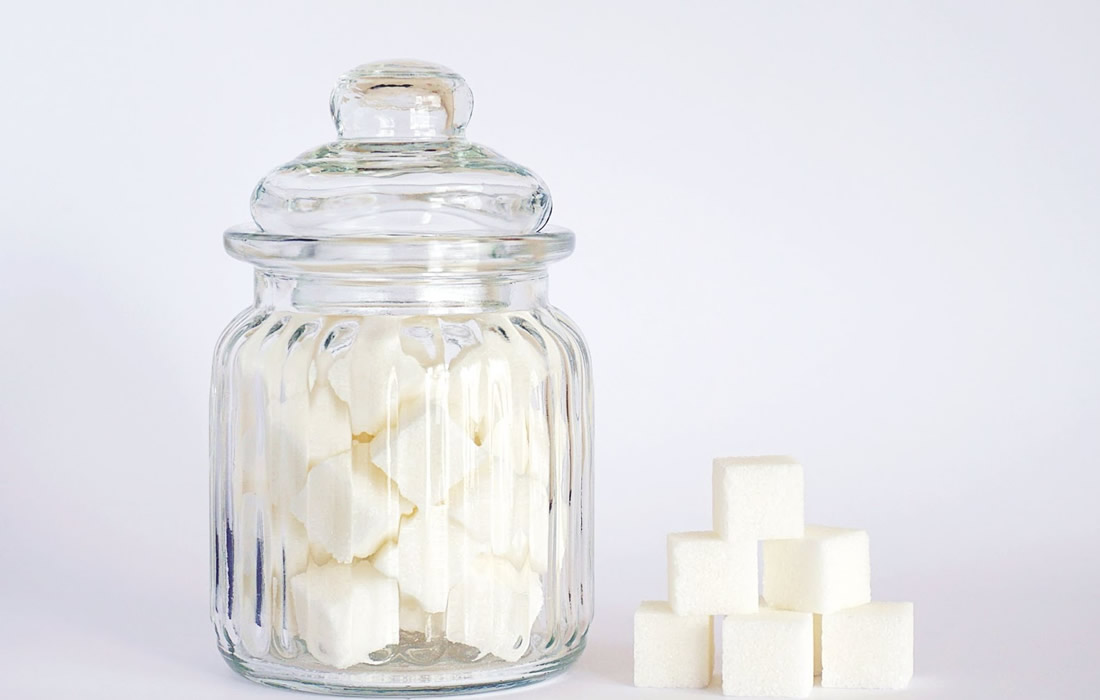Regenerative Medicine News and General Information
A Sugar Analysis Could Reveal Different Types of Cancer
In the future, a little saliva may be enough to detect an incipient cancer. Researchers at the University of Gothenburg have developed an effective way to interpret the changes in sugar molecules that occur in cancer cells.
Glycans are a type of sugar molecule structure that is linked to the proteins in our cells.
The structure of the glycan determines the function of the protein.
It has been known for a while that changes in glycan structure can indicate inflammation or disease in the body.
Now, researchers at the University of Gothenburg have developed a way to distinguish different types of structural changes, which may provide a precise answer to what will change for a specific disease.
“We have analyzed data from about 220 patients with 11 differently diagnosed cancers and have identified differences in the substructure of the glycan depending on the type of cancer. By letting our newly developed method, enhanced by AI, work through large amounts of data, we were able to find these connections,” says Daniel Bojar, associate senior lecturer in bioinformatics at the University of Gothenburg and lead author of the study.
Daniel Bojar’s research team uses a new method that includes AI, which takes these problems into account and can find the patterns in the data sets where others fail.
“We can rely on our results; they are statistically significant. If we know what we are looking for, it is easier to find the correct result. Now we will take these biomarkers and develop test methods,” says Daniel Bojar.
During the fall, his research group received SEK 4 million from the Lundberg Foundation to purchase a state-of-the-art mass spectrometer.
This instrument will serve as an AI platform to support researchers in the study of glycans, for example in lung cancer samples.
The aim is to detect the cancer earlier to improve the chances of recovery.
“We want to develop a reliable and rapid analytical method to detect cancer, and also the type of cancer, through a blood sample or saliva. I think we might be able to perform clinical tests on human samples in 4-5 years,” says Daniel Bojar.
Sources:
Jon Lundstrøm, James Urban, Daniel Bojar. Decoding glycomics with a suite of methods for differential expression analysis. Cell Reports Methods, 2023; 100652 DOI: 10.1016/j.crmeth.2023.100652
University of Gothenburg. “A sugar analysis could reveal different types of cancer.” ScienceDaily. ScienceDaily, 13 December 2023. <www.sciencedaily.com/releases/2023/12/231213011648.htm>.
Materials provided by University of Gothenburg. Note: Content may be edited for style and length.
Images from:
Photo by Suzy Hazelwood
https://www.pexels.com/photo/foto-de-primer-plano-de-terrones-de-azucar-en-frasco-de-vidrio-2523650/

